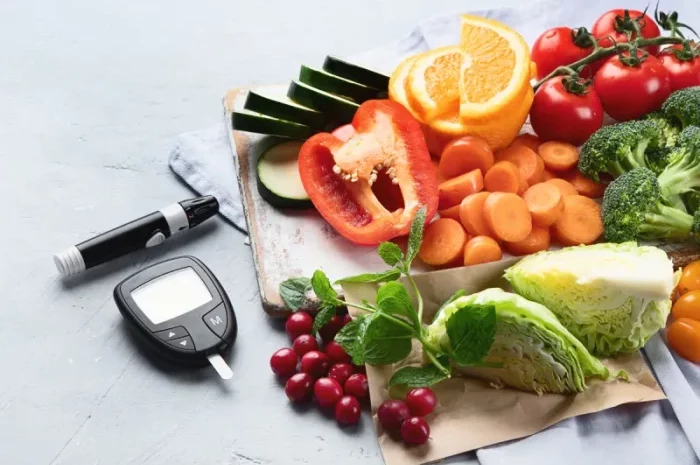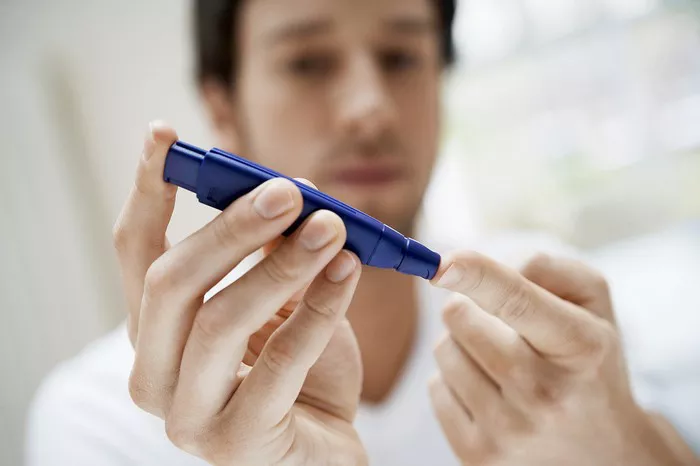Prediabetes is a condition where blood sugar levels are higher than normal but not yet high enough to be diagnosed as type 2 diabetes. It serves as a critical warning sign and a window of opportunity to make lifestyle changes that can delay or even prevent the onset of diabetes. One of the most effective ways to manage prediabetes is through dietary modifications. This article will delve into the dietary recommendations for individuals with prediabetes, providing comprehensive guidance on what to eat, what to avoid, and how to structure meals to maintain healthy blood sugar levels.
Understanding Prediabetes
Prediabetes is characterized by impaired fasting glucose (IFG) or impaired glucose tolerance (IGT), where blood sugar levels are higher than normal but not high enough to be classified as diabetes. The American Diabetes Association defines prediabetes as having:
- Fasting blood sugar levels between 100 to 125 mg/dL
- An A1C level between 5.7% and 6.4%
- A 2-hour blood sugar level of 140 to 199 mg/dL during an oral glucose tolerance test
The progression from prediabetes to type 2 diabetes is not inevitable. Many individuals can prevent or delay diabetes through lifestyle changes, particularly focusing on diet and physical activity.
The Role of Diet in Managing Prediabetes
Diet plays a crucial role in managing prediabetes by helping to control blood sugar levels, reduce insulin resistance, and promote weight loss if needed. The following dietary strategies can help manage and potentially reverse prediabetes.
1. Focus on Low Glycemic Index Foods
The glycemic index (GI) measures how quickly a carbohydrate-containing food raises blood sugar levels. Foods with a low GI are digested and absorbed more slowly, leading to a gradual rise in blood sugar and insulin levels. Consuming low-GI foods helps maintain stable blood sugar levels.
Low GI Foods Include:
- Non-starchy vegetables (leafy greens, broccoli, cauliflower)
- Legumes (beans, lentils, chickpeas)
- Whole grains (quinoa, barley, oats)
- Most fruits (apples, pears, berries)
- Nuts and seeds
High GI Foods to Limit or Avoid:
- White bread and other refined grains
- Sugary snacks and desserts
- Sugary beverages (sodas, sweetened teas)
- Processed foods with added sugars
2. Emphasize Fiber-Rich Foods
Fiber slows down the absorption of sugar and helps improve blood sugar control. It also promotes satiety, aiding in weight management. Aim for at least 25-30 grams of fiber per day.
Sources of Dietary Fiber:
- Whole fruits and vegetables
- Whole grains (brown rice, whole wheat, oats)
- Legumes (black beans, lentils, chickpeas)
- Nuts and seeds (chia seeds, flaxseeds, almonds)
3. Choose Healthy Fats
Healthy fats do not raise blood sugar levels and can improve insulin sensitivity. They also provide a sense of fullness, which can prevent overeating.
Healthy Fat Sources:
- Avocados
- Nuts and seeds
- Olive oil and other unsaturated oils
- Fatty fish (salmon, mackerel, sardines)
Fats to Limit:
- Saturated fats (found in red meat, butter, and cheese)
- Trans fats (found in many processed foods and margarine)
4. Include Lean Proteins
Protein helps stabilize blood sugar levels and promotes satiety. Incorporating lean protein into each meal can help manage hunger and reduce overall calorie intake.
Lean Protein Sources:
- Poultry (chicken, turkey)
- Fish and seafood
- Plant-based proteins (tofu, tempeh, edamame)
- Low-fat dairy (Greek yogurt, cottage cheese)
- Legumes
5. Be Mindful of Portion Sizes
Overeating, even healthy foods, can lead to weight gain and elevated blood sugar levels. Using portion control strategies can help maintain a balanced diet.
Portion Control Tips:
- Use smaller plates and bowls
- Measure servings of high-calorie foods (nuts, oils)
- Fill half your plate with non-starchy vegetables
- Practice mindful eating (eat slowly and savor your food)
6. Plan Balanced Meals
A balanced meal includes a combination of carbohydrates, protein, and healthy fats. This combination helps to stabilize blood sugar levels and provides essential nutrients.
Sample Meal Plan:
Breakfast:
- Oatmeal topped with berries and a sprinkle of chia seeds
- A small handful of nuts
Lunch:
- Quinoa salad with mixed vegetables, chickpeas, and a lemon-tahini dressing
- A piece of fruit (apple or pear)
Dinner:
- Grilled salmon with a side of steamed broccoli and a small sweet potato
- Mixed greens salad with olive oil and vinegar dressing
Snacks:
- Greek yogurt with a handful of blueberries
- Carrot sticks with hummus
7. Limit Sugary Foods and Beverages
Excessive sugar intake can spike blood sugar levels and contribute to weight gain. Reducing or eliminating added sugars from your diet is essential in managing prediabetes.
Ways to Reduce Sugar Intake:
- Choose water, unsweetened tea, or black coffee over sugary drinks
- Read food labels to identify hidden sugars (look for terms like high fructose corn syrup, sucrose, glucose)
- Opt for whole fruits instead of fruit juices
- Limit desserts and sweets to occasional treats
8. Stay Hydrated
Adequate hydration is crucial for overall health and can help manage blood sugar levels. Water is the best choice for hydration, but other options include herbal teas and sparkling water without added sugars.
Hydration Tips:
- Carry a water bottle with you throughout the day
- Drink a glass of water before meals
- Flavor water with slices of citrus or cucumber for a refreshing twist
9. Practice Moderation and Flexibility
While it’s important to follow dietary guidelines, allowing some flexibility can make a healthy eating plan more sustainable. Occasional indulgences in small amounts can be part of a balanced diet.
Balanced Approach to Treats:
- Plan for small portions of favorite treats
- Incorporate treats into a meal with plenty of fiber and protein to minimize blood sugar spikes
- Focus on overall dietary patterns rather than perfection
10. Monitor and Adjust Your Diet
Regular monitoring of blood sugar levels can help identify how different foods and meals impact your glucose levels. Keeping a food diary and noting your blood sugar readings can provide valuable insights and help adjust your diet accordingly.
Monitoring Tips:
- Test blood sugar levels before and after meals
- Keep track of portion sizes and ingredients
- Consult with a healthcare provider or dietitian for personalized advice
Conclusion
Managing prediabetes through diet involves making thoughtful food choices that stabilize blood sugar levels, improve insulin sensitivity, and promote overall health. Emphasizing low glycemic index foods, high fiber intake, healthy fats, lean proteins, and portion control can significantly impact blood sugar management. Additionally, staying hydrated, limiting added sugars, and maintaining flexibility in your diet can help sustain these changes long-term.
While prediabetes is a serious condition, it is also a manageable one. By adopting a balanced, nutritious diet and incorporating regular physical activity, individuals with prediabetes can take proactive steps to improve their health and reduce the risk of progressing to type 2 diabetes. Consulting with healthcare providers, including dietitians and diabetes educators, can provide additional support and guidance tailored to individual needs and preferences.
Related topics:
Foods to Avoid with High Blood Sugar



























